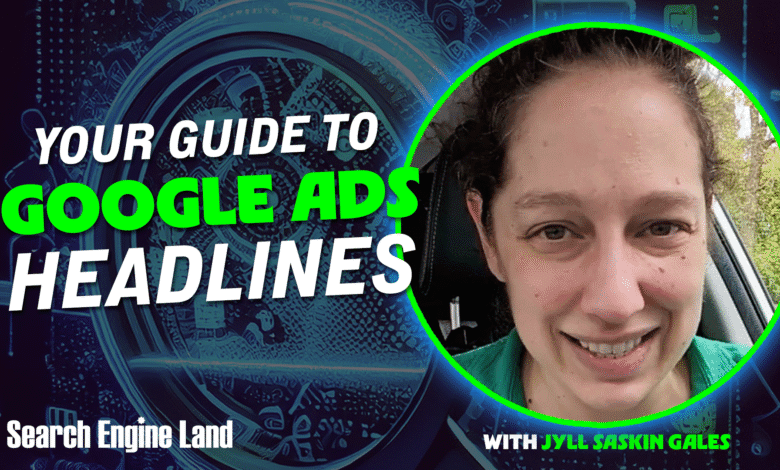Google Ads Headlines: How to Write High-Converting Ads

▼ Summary
– Ad headlines are crucial for creating first impressions and driving clicks, yet they are often treated as an afterthought in campaigns.
– Google Ads headlines vary by campaign type, with character limits ranging from 30 to 40 and options for long headlines (up to 90 characters) in certain campaigns.
– Responsive Search Ads may display 1-3 headlines at a time, and pinning ensures specific headlines always appear in designated positions.
– Achieving “Excellent” Ad Strength requires 7-8 unique headlines, keyword incorporation, and avoiding repetitive phrasing, though pinning may limit the rating.
– Effective headlines highlight benefits, use specific language, include CTAs, and align with audience jargon, while optimization relies on CTR and conversion rate metrics.
Crafting compelling Google Ads headlines can make or break your campaign performance. These short yet powerful snippets determine whether potential customers engage with your ad or scroll past it. Despite their importance, many advertisers treat headline creation as an afterthought rather than a strategic priority.
This guide explores everything from technical requirements to conversion-focused techniques, helping you maximize the impact of every character.
Understanding Headline Requirements Across Campaigns
Different Google Ads formats have unique headline specifications:
- Responsive Search Ads (RSAs) & Performance Max: Up to 15 headlines (minimum 3), each capped at 30 characters.
- Responsive Display Ads (RDAs): Five headlines max, also limited to 30 characters.
- Demand Gen Campaigns: A rare 40-character allowance per headline, though truncation risks exist. Carousel ads include one overarching headline plus individual card headlines.
- Video Campaigns: Some formats use long headlines exclusively.
The Role of Long Headlines
Certain campaigns support extended 90-character headlines, similar to descriptions. These appear in Performance Max, Demand Gen, and Display campaigns, offering extra space for persuasive messaging.
Headline Visibility in Search Ads
With RSAs, one headline always displays, but two or three may appear together. Headlines can also populate description fields or sitelinks. For guaranteed placement, pinning locks a headline to a specific position—useful for compliance or highlighting unique selling points.
Achieving “Excellent” Ad Strength
While Ad Strength doesn’t influence rankings, it reflects best practices. To earn top marks:
- Provide 7–8 distinct headlines (avoid near-duplicates).
- Incorporate target keywords naturally—dynamic insertion helps.
- Note: Pinned headlines often limit ratings to “Good.”
Writing Headlines That Drive Conversions
Four proven strategies to boost engagement: 1. Emphasize Benefits: Move beyond features—explain value. Example: “24/7 Support” outperforms “Great Service.” 2. Prioritize Specificity: Replace vague terms like “Great Deals” with “50% Off Summer Styles.” 3. Include Clear CTAs: Phrases like “Book Your Free Consultation Today” prompt action. 4. Leverage Industry Language: Jargon filters unqualified clicks (e.g., “RAW Photo Editing Tools” for pros).
Optimizing Performance
Use asset-level reports (under “Ads” > “View Asset Details”) to track:
- Click-Through Rate (CTR): Measures headline appeal.
- Conversion Rate: Reveals which headlines drive results.
Automated Headlines: Proceed with Caution
Google sometimes generates headlines via:
- Dynamic Search Ads (DSAs): Pulls from landing pages and queries.
- Automatically Created Assets (ACAs): Check the “Source” column to audit AI-generated text.
- AI Max for Search: Offers performance insights for auto-generated variants.
Though small, headlines significantly influence ad success. By balancing creativity with data-driven refinements, you can turn these snippets into powerful conversion tools.
(Source: Search Engine Land)



